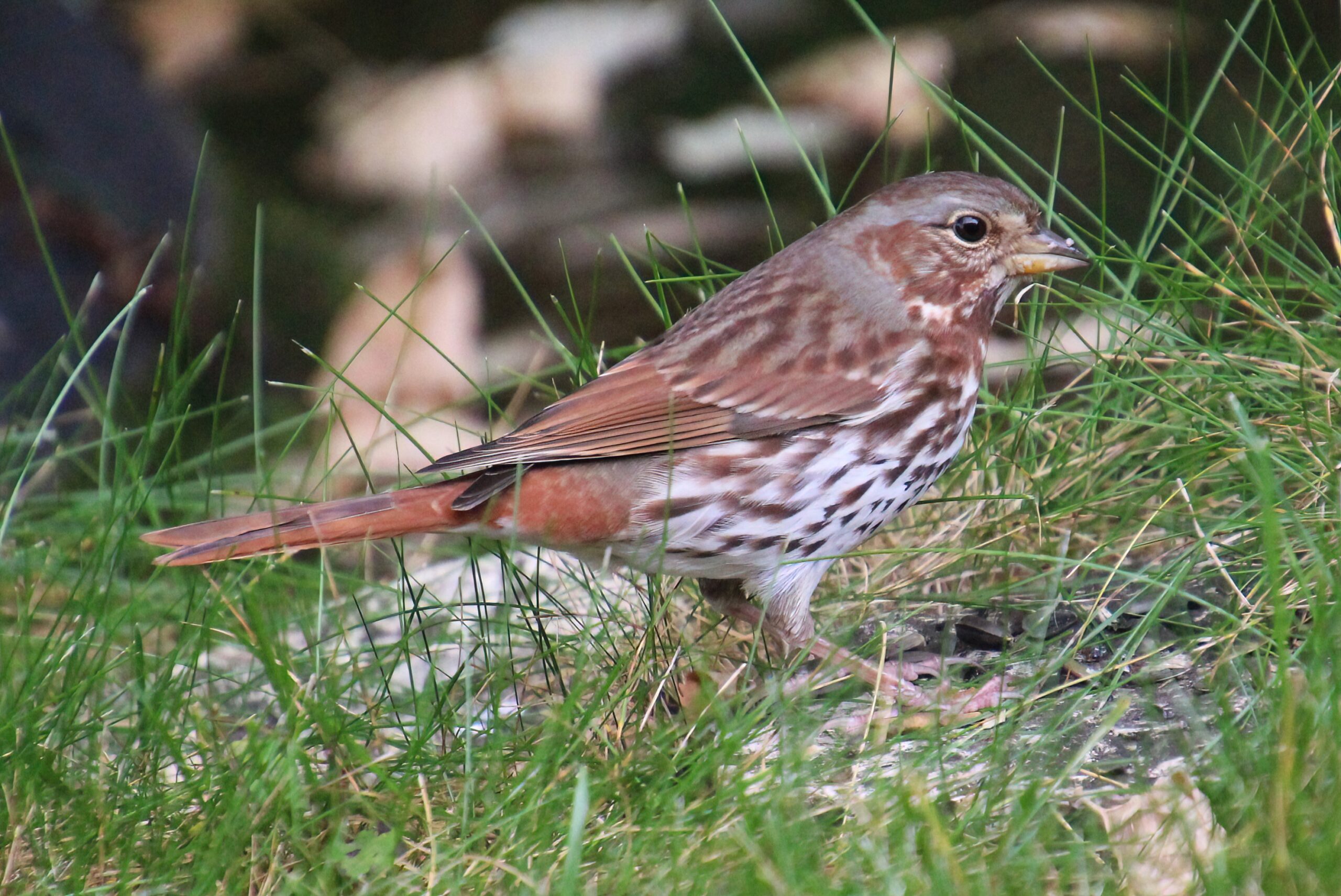Saint Patrick’s Day is only a month away, which means the time to start preparing is now! Rather than suffer through another crowded pub filled with people in leprechaun hats and green beer, I will be sitting down for a dignified sampling of Irish whiskies with a well-curated list of my regular drinking companions.
The origin of Irish Whiskey goes back more than 600 years ago, when it was just assumed that every good Irishman would have a simple pot still at home to provide hooch for the family.
Although the details have been lost in the mists of time, the generally accepted theory is that Irish monks learned the techniques for distilling perfumes while traveling in Mediterranean countries around 1000CE, which was later adapted for making booze, which eventually became known as Irish Whiskey.
Scotland eventually surpassed Ireland in whiskey production, but it took four centuries to do so. Up until the early 1900s, Irish Whiskey was considered the best in the world, and was outselling Scotch Whisky five to one.
However, when the Irish War of Independence broke out in 1919, Irish Whiskey was quickly embargoed at all ports of the British Empire, instantly losing access to their most lucrative markets.
The final nail in the coffin came a year later, when the USA entered their own dark days of prohibition in 1920, eliminating the last big overseas market for Irish Whiskey.
By the 1960s, the last few remaining Irish distilleries had to amalgamate in order to survive. Irish Whiskey was near the brink of extinction until the late 1980s, but is now on the upswing, thanks to a resurgence in world demand for whiskey.
While Scottish Whisky is typically make from twice-distilled malted barley, Irish distillers often prefer to use unmalted barley, and distill it three times for a lighter and smoother taste.
Since the barley is usually unmalted, it avoids the smoky flavours so common in Scottish Whisky from roasting the barley over a peat fire.
Irish Whiskies can be divided into three major types; Single Malt, Single Grain, and Single Pot Still.
Single Malt Irish Whiskey is very similar to Single Malt Scotch, and is the type preferred by the whiskey snobs of the world. Irish Single Malt is made from single batch of malted barley in a single distillery using a copper pot still. This style is typically the most expensive, and has the strongest flavours.
Single Grain Whiskey is made from something other than 100% malted barley, most commonly by blending barley with lesser grains such as corn, wheat, or rye. To make matters more confusing, there can be multiple grains in a Single Grain Whiskey, as the single part refers to being a product of a single distillery, rather than blends from multiple distilleries.
Essentially, since both styles must be entirely produced within a single distillery, the difference between Single Malt and Single Grain is the usage of 100% malted barley rather than blending with other grains.
Finally, Single Pot Still is a uniquely Irish style of whiskey, made from a blend of malted and unmalted barley in a copper pot still. The origins of this style date back several centuries, when the English lords were trying to stick it to the rebellious Irish by taxing malted barley, forcing the Irish distillers to switch to the less expensive unmalted barley.
In the days of my squandered youth, I was always under the impression that the DEW part of Tullamore DEW referred to tiny droplets of condensed vapour forming on the copper stills in an old-world distillery in a far-off village.
Imagine my surprise to learn that DEW refers to the initials of Daniel E. Williams, the distillery manager who started stamping his own initials on each bottle in 1829 as a guarantee of quality, a tradition that continues to this day.
With annual sales of nearly one million cases, Tullamore DEW is the second most popular spirit of the Emerad Isle, although still far behind the best-selling Jameson Irish Whiskey, which sells close to five million cases per year.
Since Tullamore DEW is a blend of the three main types of Irish Whiskies, the flavour profile is tweaked to be very smooth and light, making it attractive to the mass market. Expect malty notes with hints of lemon and spice, with a warming finish of toasted vanilla and light citrus. Look for it at your local bottle shop!






